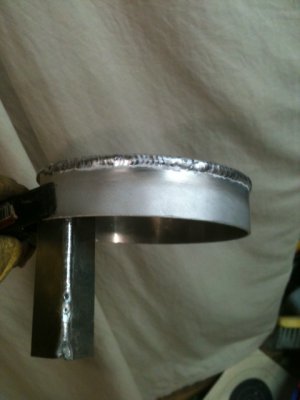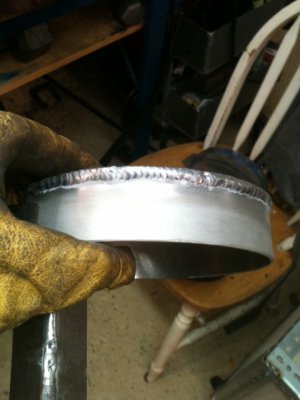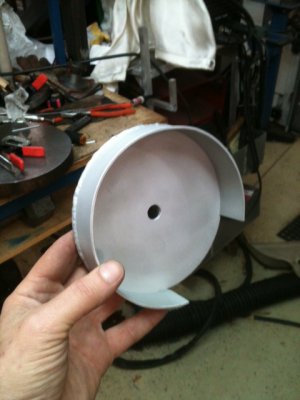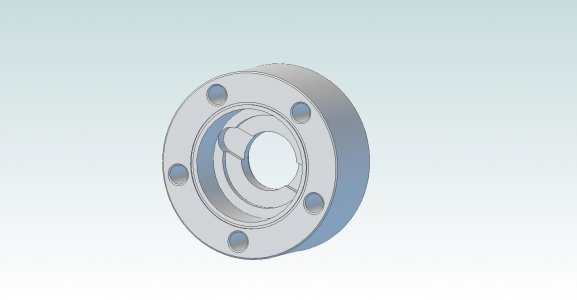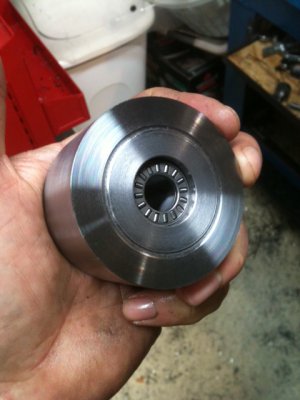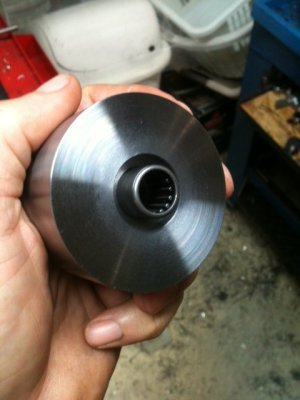- Joined
- Nov 16, 2012
- Messages
- 5,596
Hmmm, let me see if I can post a JPG. The files I'm posting are 3D PDF format and maybe your computer doesn't like it. Stand by...
Ray
- - - Updated - - -
Try this, Bill. It's just a picture file.
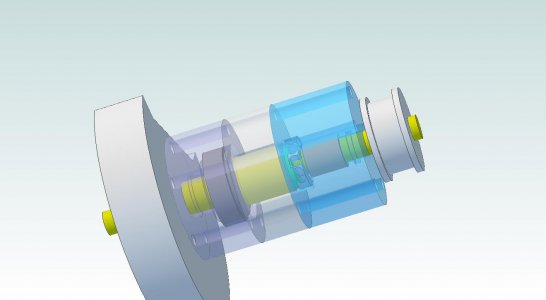
Ray

Ray
Sorry Ray, been busy with the Tool and Cutter Grinder, I missed the start of this. Looking good so far. When I open the files all I get is a white page with the title at the top?? Any ideas ??
"Billy G"
- - - Updated - - -
Try this, Bill. It's just a picture file.

Ray
Sorry Ray, been busy with the Tool and Cutter Grinder, I missed the start of this. Looking good so far. When I open the files all I get is a white page with the title at the top?? Any ideas ??
"Billy G"



